3. Hochberg MC, Altman RD, April KT, Benkhalti M, Guyatt G, McGowan J, et al. 2012; American College of Rheumatology 2012 recommendations for the use of nonpharmacologic and pharmacologic therapies in osteoarthritis of the hand, hip, and knee. Arthritis Care Res (Hoboken). 64:465–74. DOI:
10.1002/acr.21596. PMID:
22563589.

4. Smink AJ, van den Ende CH, Vliet Vlieland TP, Swierstra BA, Kortland JH, Bijlsma JW, et al. 2011; "Beating osteoARThritis": development of a stepped care strategy to optimize utilization and timing of non-surgical treatment modalities for patients with hip or knee osteoarthritis. Clin Rheumatol. 30:1623–9. DOI:
10.1007/s10067-011-1835-x. PMID:
21887488.

7. Veerapen K, Wigley RD, Valkenburg H. 2007; Musculoskeletal pain in Malaysia: a COPCORD survey. J Rheumatol. 34:207–13. PMID:
17216688.
8. Silva AG, Alvarelhão J, Queirós A, Rocha NP. 2013; Pain intensity is associated with self-reported disability for several domains of life in a sample of patients with musculoskeletal pain aged 50 or more. Disabil Health J. 6:369–76. DOI:
10.1016/j.dhjo.2013.04.007. PMID:
24060260.

9. Petursdottir U, Arnadottir SA, Halldorsdottir S. 2010; Facilitators and barriers to exercising among people with osteoarthritis: a phenomenological study. Phys Ther. 90:1014–25. DOI:
10.2522/ptj.20090217. PMID:
20466741.

10. Stone RC, Baker J. 2017; Painful choices: a qualitative exploration of facilitators and barriers to active lifestyles among adults with osteoarthritis. J Appl Gerontol. 36:1091–116. DOI:
10.1177/0733464815602114. PMID:
26316267.

11. Foo CN, Arumugam M, Lekhraj R, Lye MS, Mohd-Sidik S, Jamil Osman Z. 2020; Effectiveness of health-led cognitive behavioral-based group therapy on pain, functional disability and psychological outcomes among knee osteoarthritis patients in Malaysia. Int J Environ Res Public Health. 17:6179. DOI:
10.3390/ijerph17176179. PMID:
32858791. PMCID:
PMC7503685. PMID:
220a0eb6d0854b05912a8b72bb0862f3.

12. Bannuru RR, Osani MC, Vaysbrot EE, Arden NK, Bennell K, Bierma-Zeinstra SMA, et al. 2019; OARSI guidelines for the non-surgical management of knee, hip, and polyarticular osteoarthritis. Osteoarthritis Cartilage. 27:1578–89. DOI:
10.1016/j.joca.2019.06.011. PMID:
31278997.

13. Koh IJ, Choi YJ, Kim MS, Koh HJ, Kang MS, In Y. 2017; Femoral nerve block versus adductor canal block for analgesia after total knee arthroplasty. Knee Surg Relat Res. 29:87–95. DOI:
10.5792/ksrr.16.039. PMID:
28545172. PMCID:
PMC5450580.

14. Sardana V, Burzynski JM, Scuderi GR. 2019; Adductor canal block or local infiltrate analgesia for pain control after total knee arthroplasty? A systematic review and meta-analysis of randomized controlled trials. J Arthroplasty. 34:183–9. DOI:
10.1016/j.arth.2018.09.083. PMID:
30360981.

15. Lee DH, Lee MY, Kwack KS, Yoon SH. 2017; Effect of adductor canal block on medial compartment knee pain in patients with knee osteoarthritis: retrospective comparative study. Medicine (Baltimore). 96:e6374. DOI:
10.1097/MD.0000000000006374. PMID:
28328826. PMCID:
PMC5371463.
17. Shah NA, Jain NP, Panchal KA. 2015; Adductor canal blockade following total knee arthroplasty-continuous or single shot technique? Role in postoperative analgesia, ambulation ability and early functional recovery: a randomized controlled trial. J Arthroplasty. 30:1476–81. DOI:
10.1016/j.arth.2015.03.006. PMID:
25824025.

18. Lund J, Jenstrup MT, Jaeger P, Sørensen AM, Dahl JB. 2011; Continuous adductor-canal-blockade for adjuvant post-operative analgesia after major knee surgery: preliminary results. Acta Anaesthesiol Scand. 55:14–9. DOI:
10.1111/j.1399-6576.2010.02333.x. PMID:
21039357.

19. van der Wal M, Lang SA, Yip RW. 1993; Transsartorial approach for saphenous nerve block. Can J Anaesth. 40:542–6. DOI:
10.1007/BF03009739. PMID:
8403121.

20. Jenstrup MT, Jæger P, Lund J, Fomsgaard JS, Bache S, Mathiesen O, et al. 2012; Effects of adductor-canal-blockade on pain and ambulation after total knee arthroplasty: a randomized study. Acta Anaesthesiol Scand. 56:357–64. DOI:
10.1111/j.1399-6576.2011.02621.x. PMID:
22221014.

21. Jæger P, Koscielniak-Nielsen ZJ, Schrøder HM, Mathiesen O, Henningsen MH, Lund J, et al. 2014; Adductor canal block for postoperative pain treatment after revision knee arthroplasty: a blinded, randomized, placebo-controlled study. PLoS One. 9:e111951. DOI:
10.1371/journal.pone.0111951. PMID:
25386752. PMCID:
PMC4227669.

22. Ludwigson JL, Tillmans SD, Galgon RE, Chambers TA, Heiner JP, Schroeder KM. 2015; A comparison of single shot adductor canal block versus femoral nerve catheter for total knee arthroplasty. J Arthroplasty. 30(9 Suppl):68–71. DOI:
10.1016/j.arth.2015.03.044. PMID:
26129851.

24. Herman DC, Vincent KR. 2018; Saphenous nerve block for the assessment of knee pain refractory to conservative treatment. Curr Sports Med Rep. 17:146–7. DOI:
10.1249/JSR.0000000000000480. PMID:
29738318.

25. Kirkpatrick JD, Sites BD, Antonakakis JG. 2010; Preliminary experience with a new approach to performing an ultrasound-guided saphenous nerve block in the mid to proximal femur. Reg Anesth Pain Med. 35:222–3. DOI:
10.1097/AAP.0b013e3181d24589. PMID:
20216039.

27. Childs JD, Piva SR, Fritz JM. 2005; Responsiveness of the numeric pain rating scale in patients with low back pain. Spine (Phila Pa 1976). 30:1331–4. DOI:
10.1097/01.brs.0000164099.92112.29. PMID:
15928561.

28. Jensen MP, McFarland CA. 1993; Increasing the reliability and validity of pain intensity measurement in chronic pain patients. Pain. 55:195–203. DOI:
10.1016/0304-3959(93)90148-I. PMID:
8309709.

29. Roos EM, Lohmander LS. 2003; The Knee injury and Osteoarthritis Outcome Score (KOOS): from joint injury to osteoarthritis. Health Qual Life Outcomes. 1:64. DOI:
10.1186/1477-7525-1-64. PMID:
14613558. PMCID:
PMC280702.
30. Zulkifli MM, Kadir AA, Elias A, Bea KC, Sadagatullah AN. 2017; Psychometric properties of the Malay language version of Knee Injury and Osteoarthritis Outcome Score (KOOS) questionnaire among knee osteoarthritis patients: a confirmatory factor analysis. Malays Orthop J. 11:7–14. DOI:
10.5704/MOJ.1707.003. PMID:
29021872. PMCID:
PMC5630044.
32. Eker HE, Cok OY, Aribogan A, Arslan G. 2017; The efficacy of intra-articular lidocaine administration in chronic knee pain due to osteoarthritis: a randomized, double-blind, controlled study. Anaesth Crit Care Pain Med. 36:109–14. DOI:
10.1016/j.accpm.2016.05.003. PMID:
27485803.

33. Ayhan E, Kesmezacar H, Akgun I. 2014; Intraarticular injections (corticosteroid, hyaluronic acid, platelet rich plasma) for the knee osteoarthritis. World J Orthop. 5:351–61. DOI:
10.5312/wjo.v5.i3.351. PMID:
25035839. PMCID:
PMC4095029.

34. Kompel AJ, Roemer FW, Murakami AM, Diaz LE, Crema MD, Guermazi A. 2019; Intra-articular corticosteroid injections in the hip and knee: perhaps not as safe as we thought? Radiology. 293:656–63. DOI:
10.1148/radiol.2019190341. PMID:
31617798.

35. Park MR, Kim D, Rhyu IJ, Yu JH, Hong J, Yoon S, et al. 2020; An anatomical neurovascular study for procedures targeting peri-articular nerves in patients with anterior knee pain. Knee. 27:1577–84. DOI:
10.1016/j.knee.2020.08.006. PMID:
33010776.

37. Grevstad U, Mathiesen O, Valentiner LS, Jaeger P, Hilsted KL, Dahl JB. 2015; Effect of adductor canal block versus femoral nerve block on quadriceps strength, mobilization, and pain after total knee arthroplasty: a randomized, blinded study. Reg Anesth Pain Med. 40:3–10. DOI:
10.1097/AAP.0000000000000169. PMID:
25376972.

38. Shah NA, Jain NP. 2014; Is continuous adductor canal block better than continuous femoral nerve block after total knee arthroplasty? Effect on ambulation ability, early functional recovery and pain control: a randomized controlled trial. J Arthroplasty. 29:2224–9. DOI:
10.1016/j.arth.2014.06.010. PMID:
25041873.

39. Kim DH, Lin Y, Goytizolo EA, Kahn RL, Maalouf DB, Manohar A, et al. 2014; Adductor canal block versus femoral nerve block for total knee arthroplasty: a prospective, randomized, controlled trial. Anesthesiology. 120:540–50. DOI:
10.1097/ALN.0000000000000119. PMID:
24401769.
40. Burckett-St Laurant D, Peng P, Girón Arango L, Niazi AU, Chan VW, Agur A, et al. 2016; The nerves of the adductor canal and the innervation of the knee: an anatomic study. Reg Anesth Pain Med. 41:321–7. DOI:
10.1097/AAP.0000000000000389. PMID:
27015545.
41. Akkaya T, Ersan O, Ozkan D, Sahiner Y, Akin M, Gümüş H, et al. 2008; Saphenous nerve block is an effective regional technique for post-menisectomy pain. Knee Surg Sports Traumatol Arthrosc. 16:855–8. DOI:
10.1007/s00167-008-0572-4. PMID:
18574578.

42. Hanson NA, Derby RE, Auyong DB, Salinas FV, Delucca C, Nagy R, et al. 2013; Ultrasound-guided adductor canal block for arthroscopic medial meniscectomy: a randomized, double-blind trial. Can J Anaesth. 60:874–80. DOI:
10.1007/s12630-013-9992-9. PMID:
23820968.

43. Hsu LP, Oh S, Nuber GW, Doty R Jr, Kendall MC, Gryzlo S, et al. 2013; Nerve block of the infrapatellar branch of the saphenous nerve in knee arthroscopy: a prospective, double-blinded, randomized, placebo-controlled trial. J Bone Joint Surg Am. 95:1465–72. DOI:
10.2106/JBJS.L.01534. PMID:
23965696.
44. Jüni P, Hari R, Rutjes AW, Fischer R, Silletta MG, Reichenbach S, et al. 2015; Intra-articular corticosteroid for knee osteoarthritis. Cochrane Database Syst Rev. 10:CD005328. DOI:
10.1002/14651858.CD005328.pub3. PMID:
26490760. PMCID:
PMC8884338.

45. Goto F, Ishizaki K, Yoshikawa D, Obata H, Arii H, Terada M. 1999; The long lasting effects of peripheral nerve blocks for trigeminal neuralgia using high concentration of tetracaine dissolved in bupivacaine. Pain. 79:101–3. DOI:
10.1016/S0304-3959(98)00156-0. PMID:
9928782.
46. Gracely RH, Lynch SA, Bennett GJ. 1992; Painful neuropathy: altered central processing maintained dynamically by peripheral input. Pain. 51:175–94. Erratum in: Pain 1993; 52: 251-3. DOI:
10.1016/0304-3959(93)90141-B. PMID:
1484715.

47. Arnér S, Lindblom U, Meyerson BA, Molander C. 1990; Prolonged relief of neuralgia after regional anesthetic blocks. A call for further experimental and systematic clinical studies. Pain. 43:287–97. DOI:
10.1016/0304-3959(90)90026-A. PMID:
1705693.

48. Naredo E, Cabero F, Palop MJ, Collado P, Cruz A, Crespo M. 2005; Ultrasonographic findings in knee osteoarthritis: a comparative study with clinical and radiographic assessment. Osteoarthritis Cartilage. 13:568–74. DOI:
10.1016/j.joca.2005.02.008. PMID:
15979008.

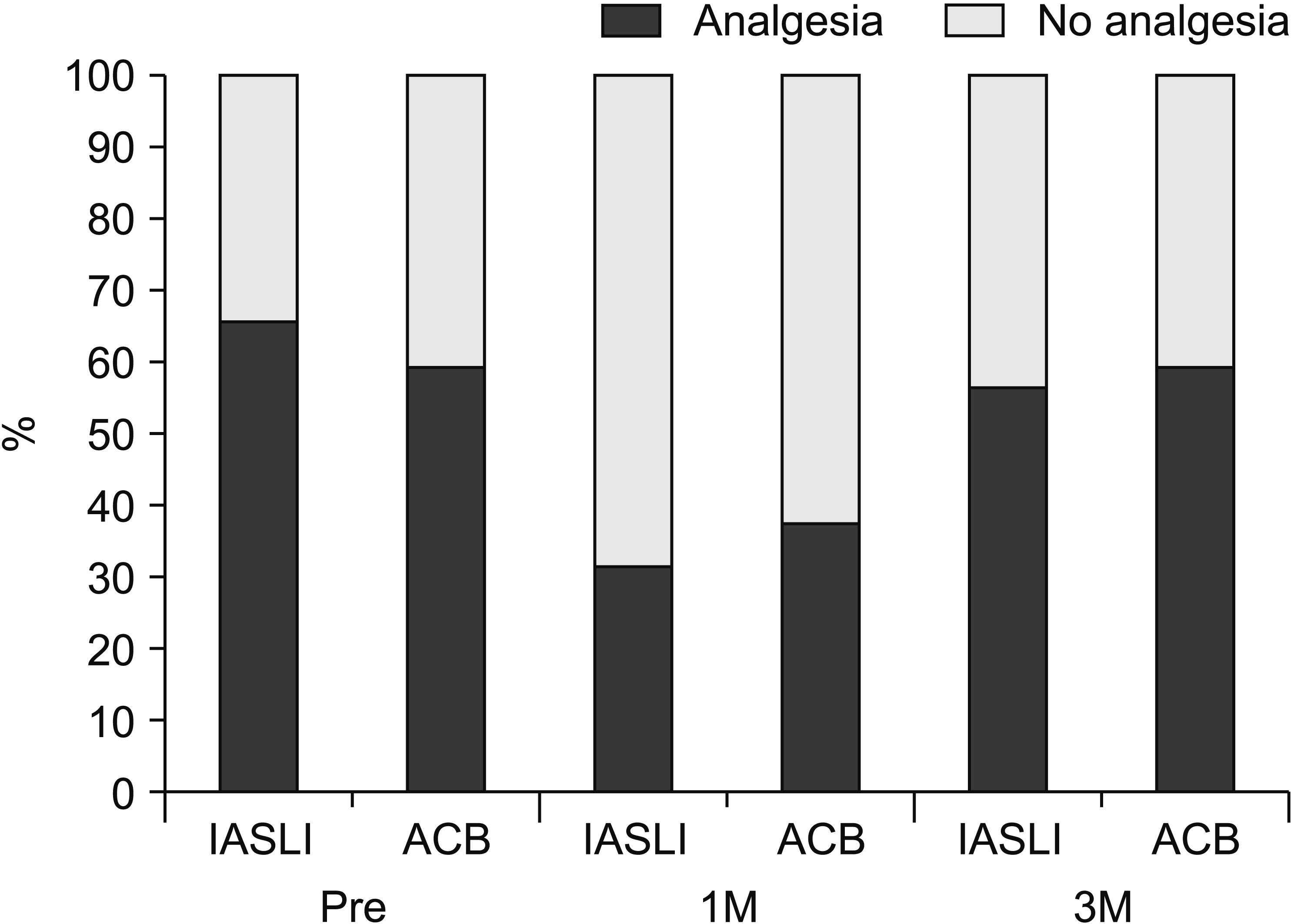
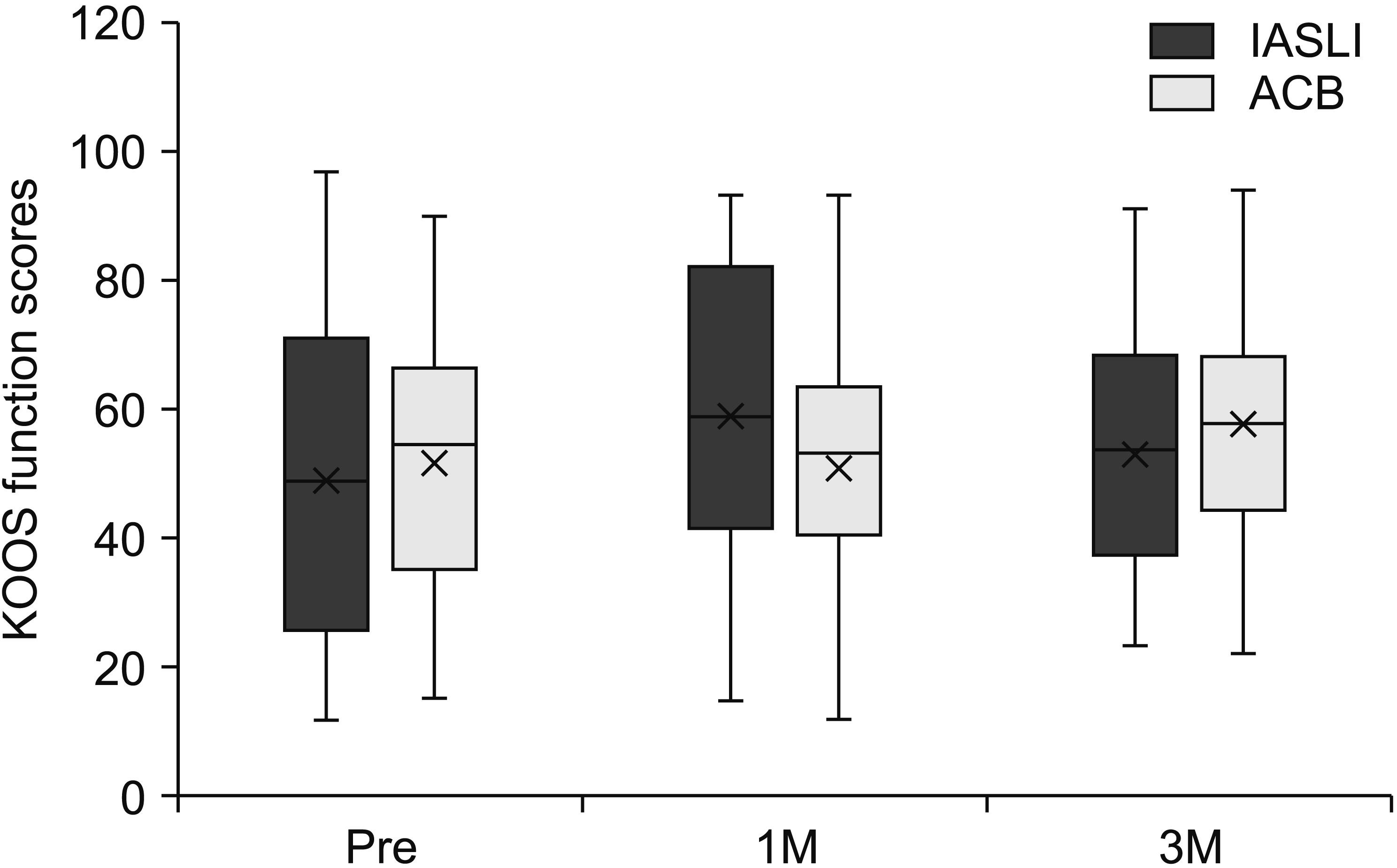
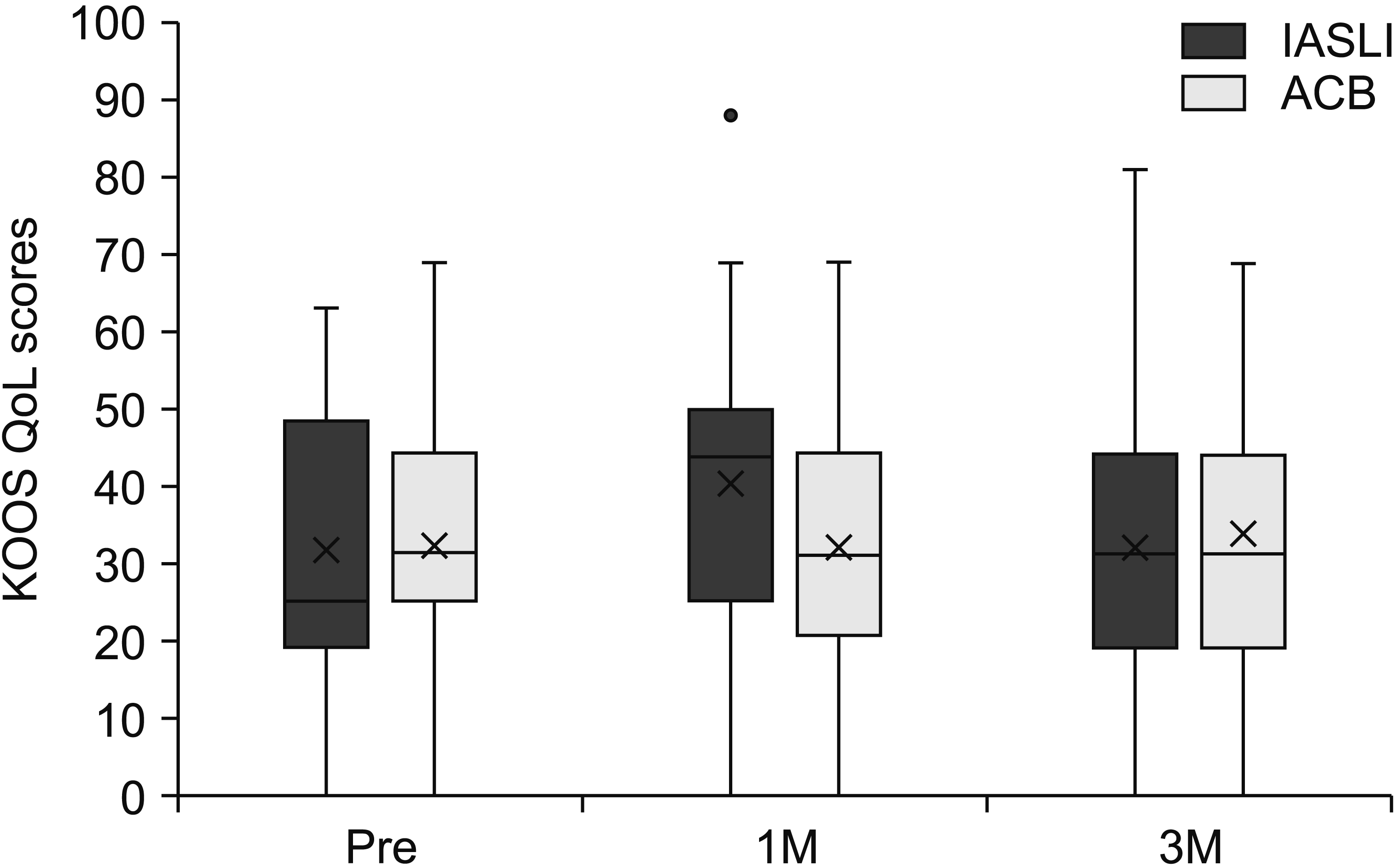
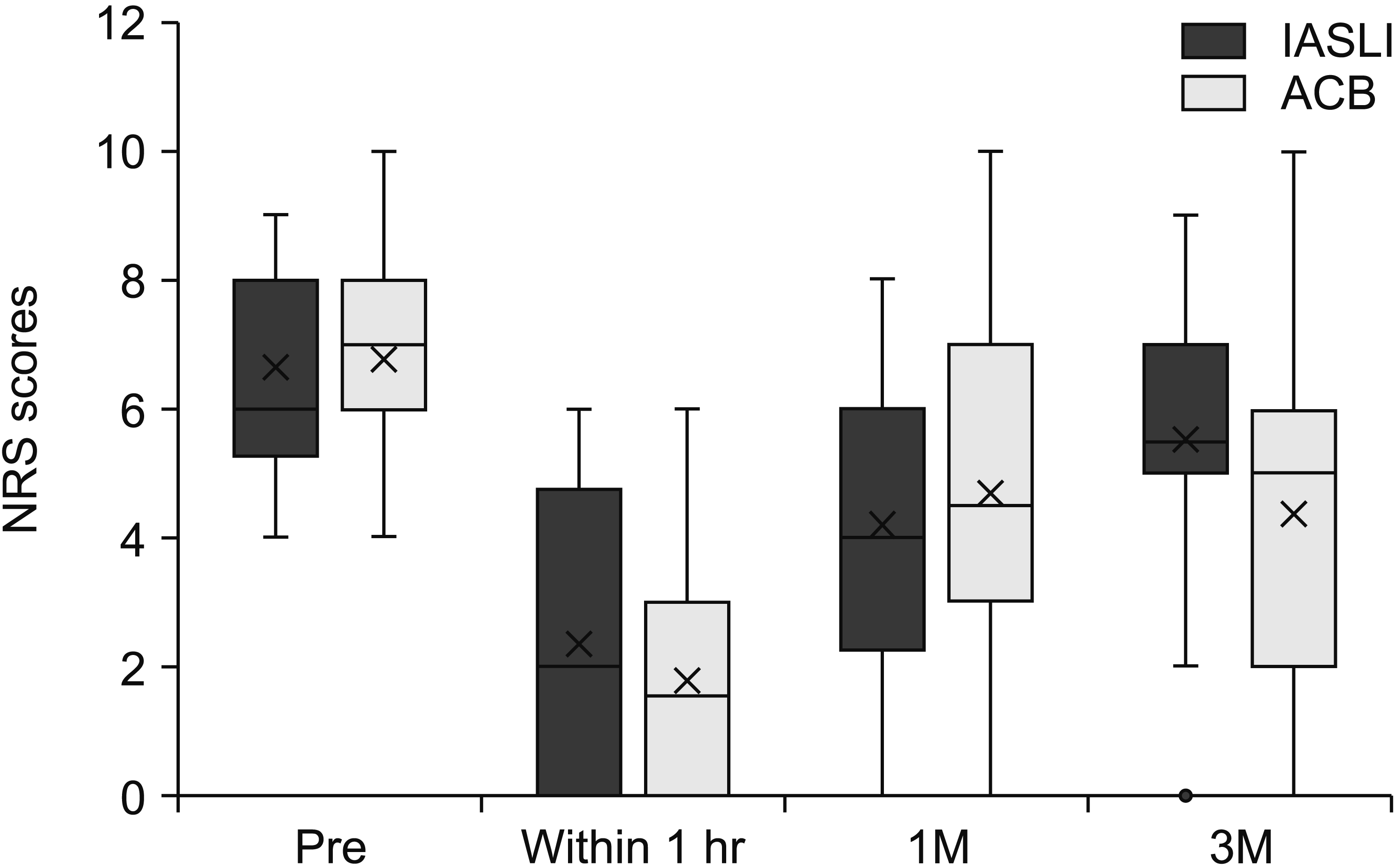
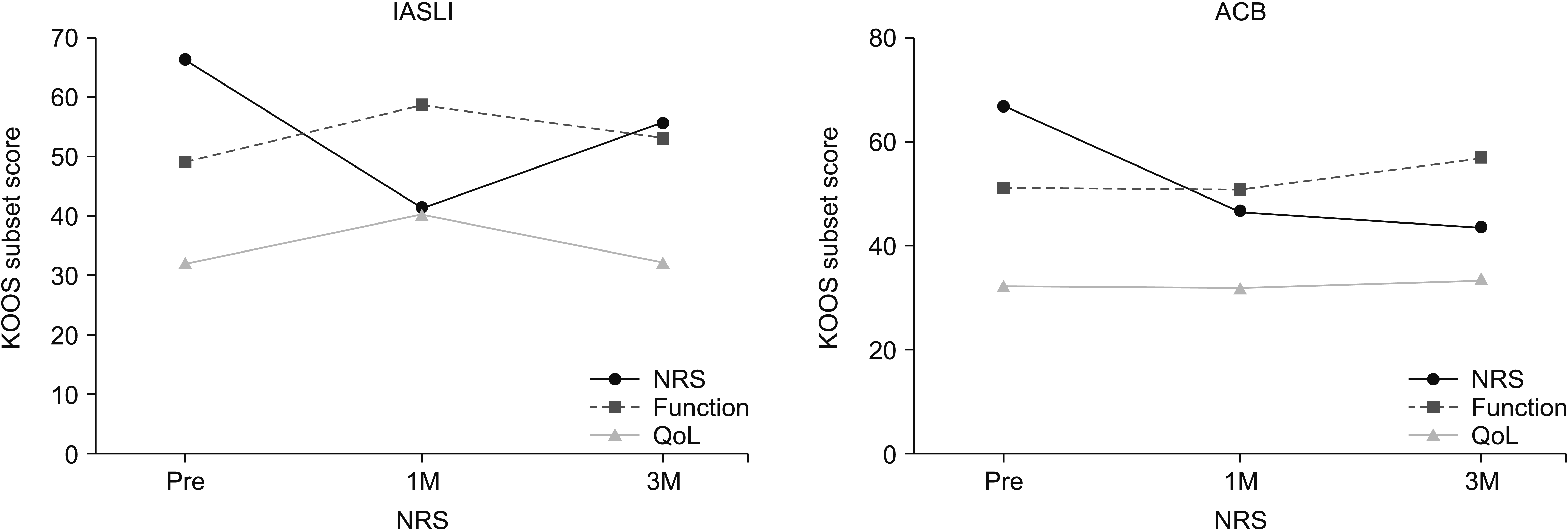




 PDF
PDF Citation
Citation Print
Print



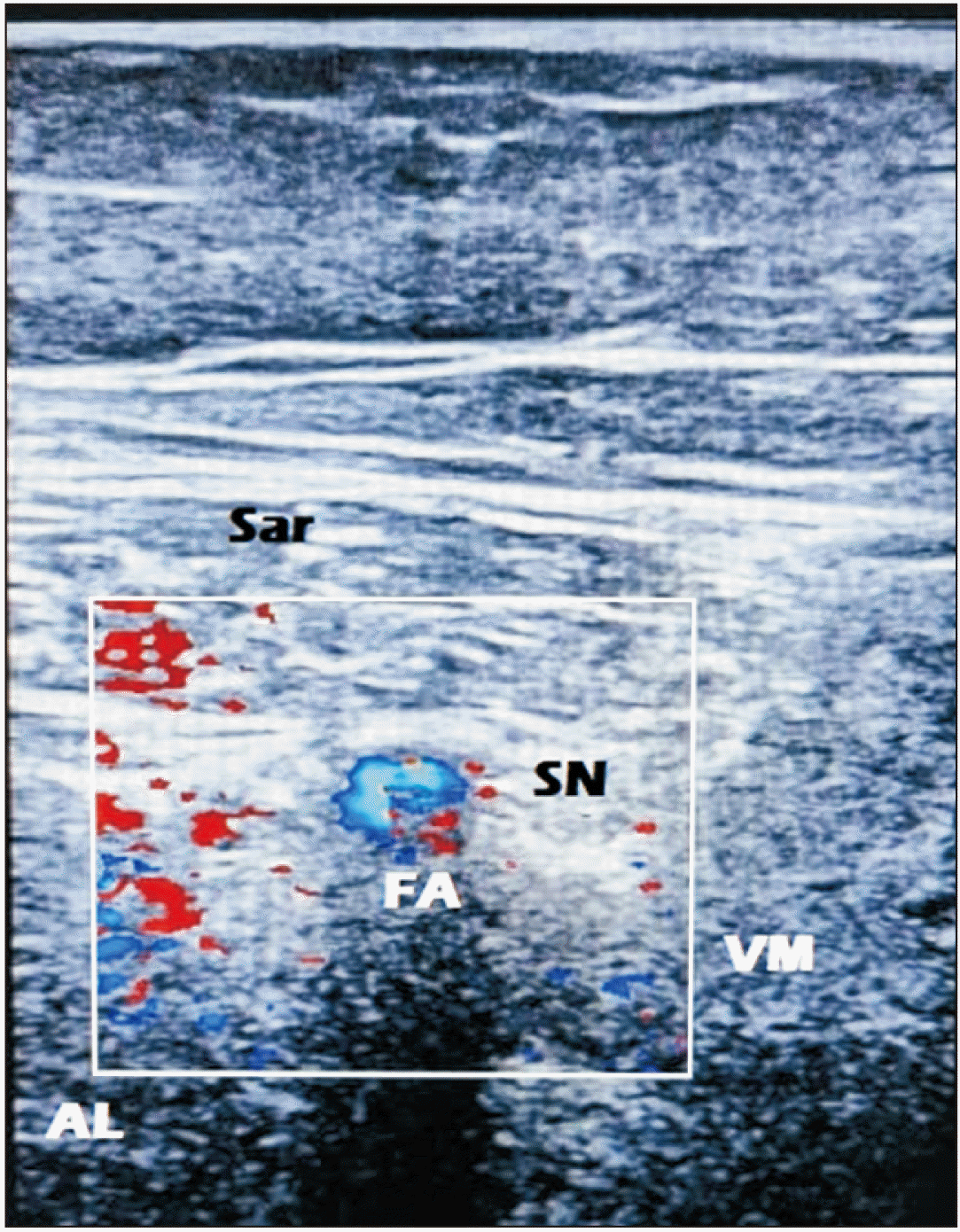

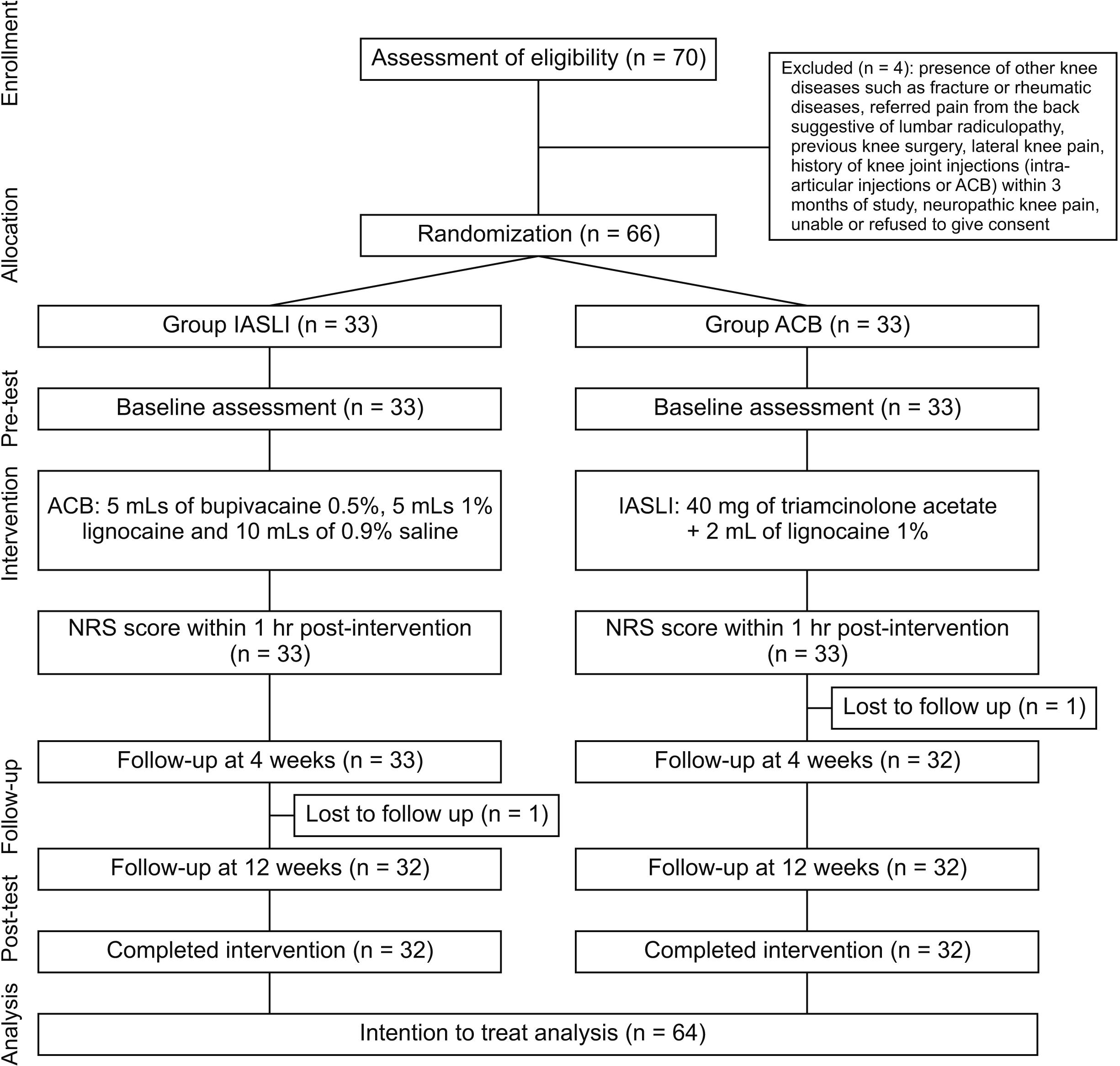
 XML Download
XML Download